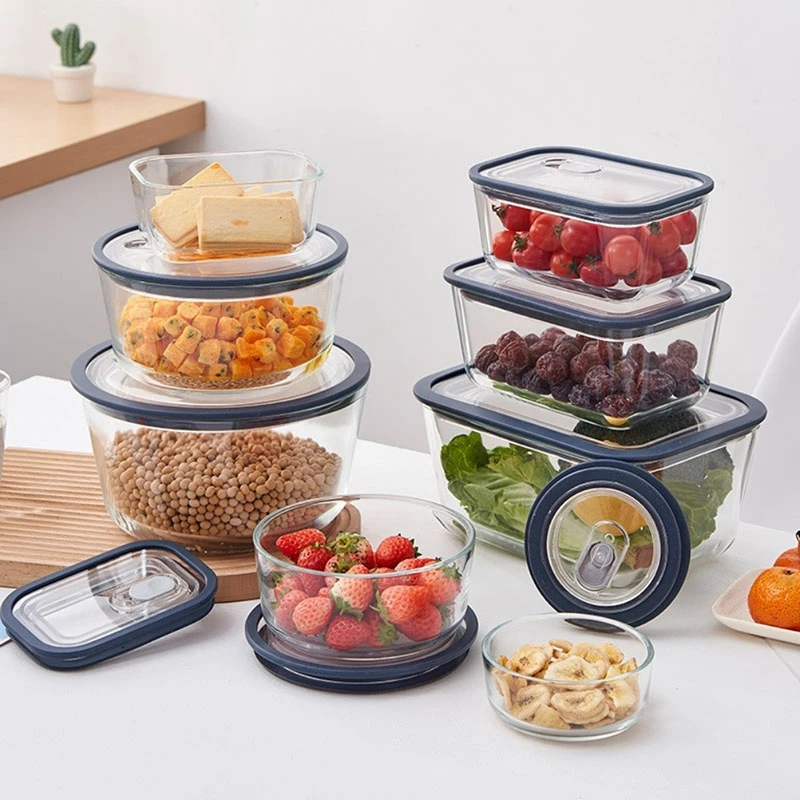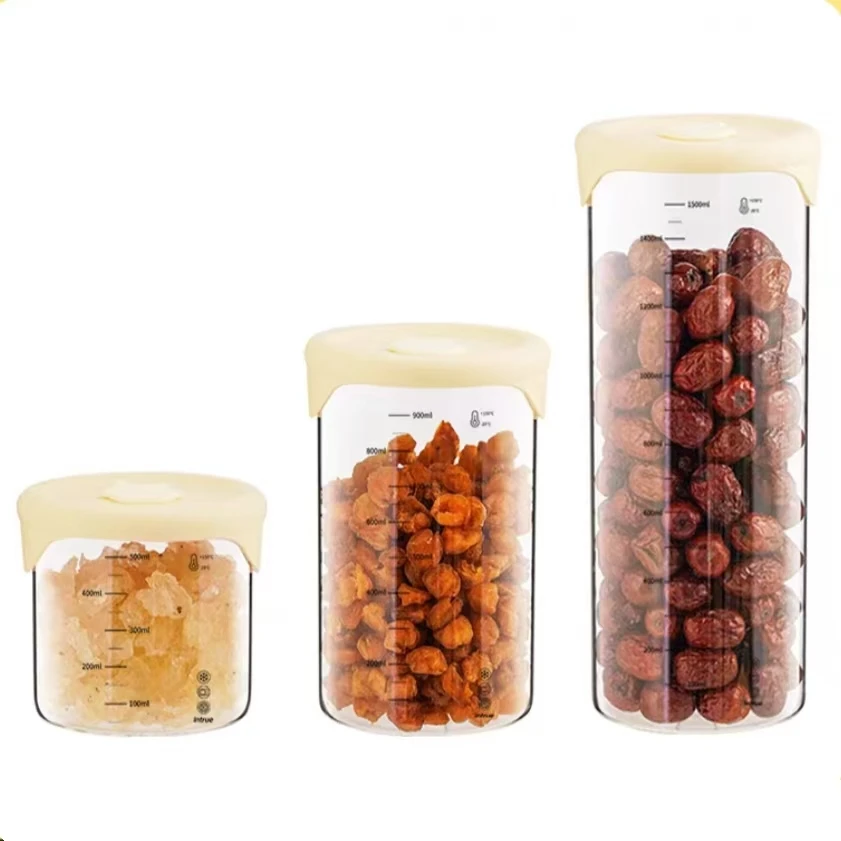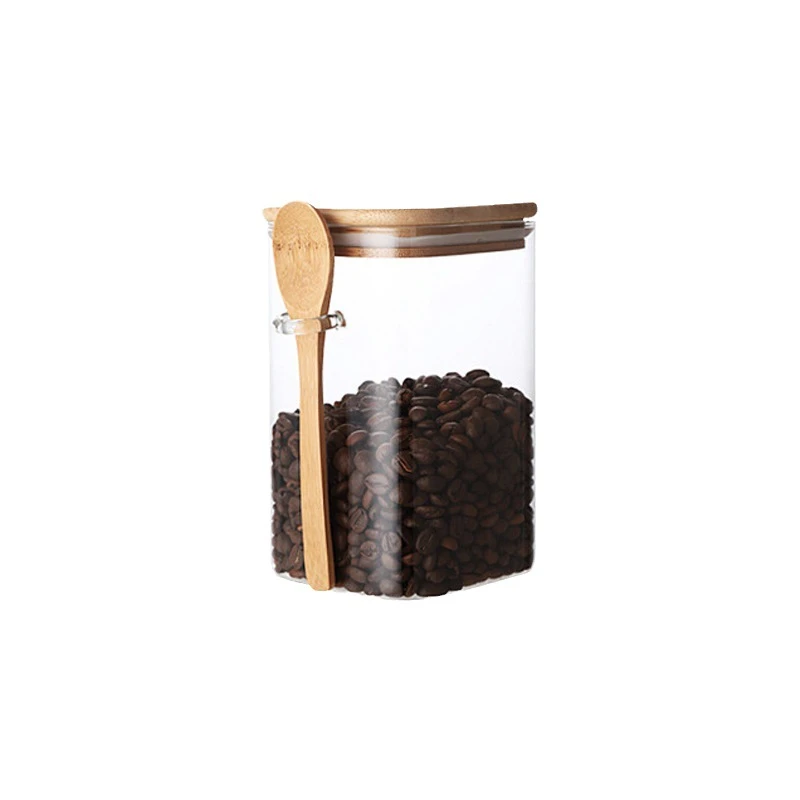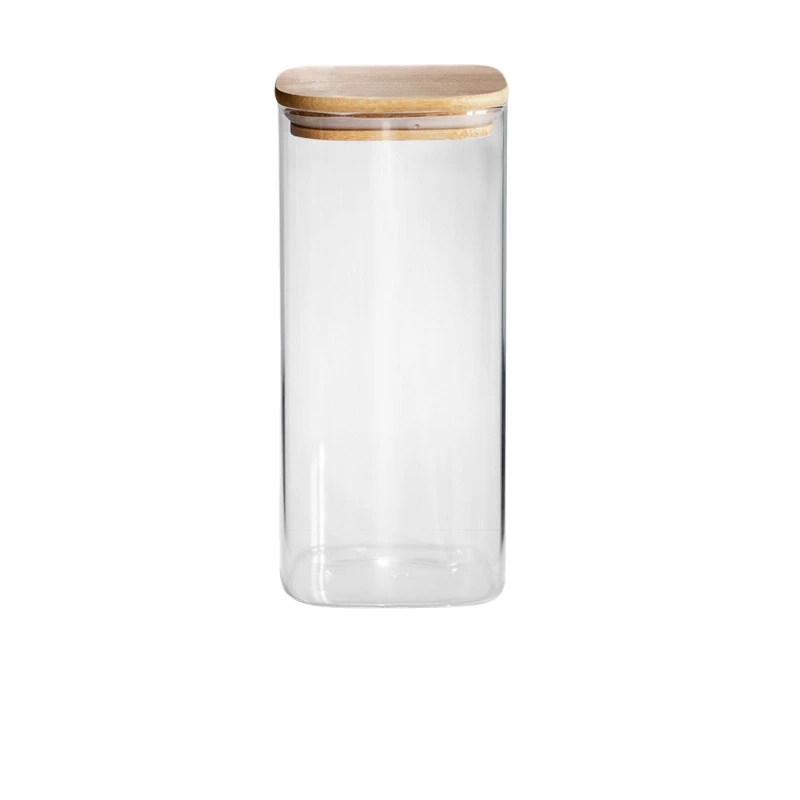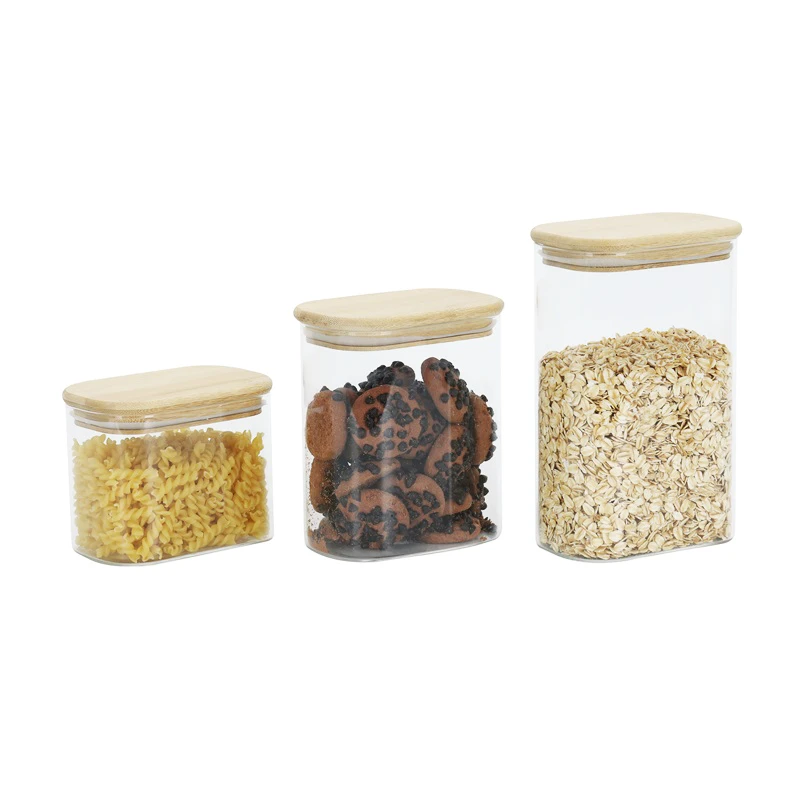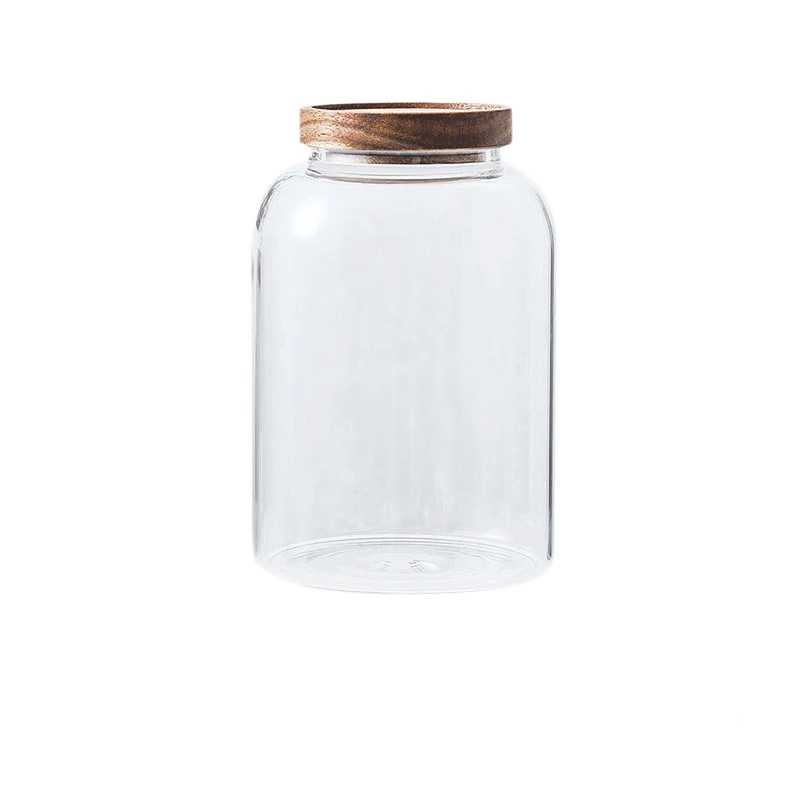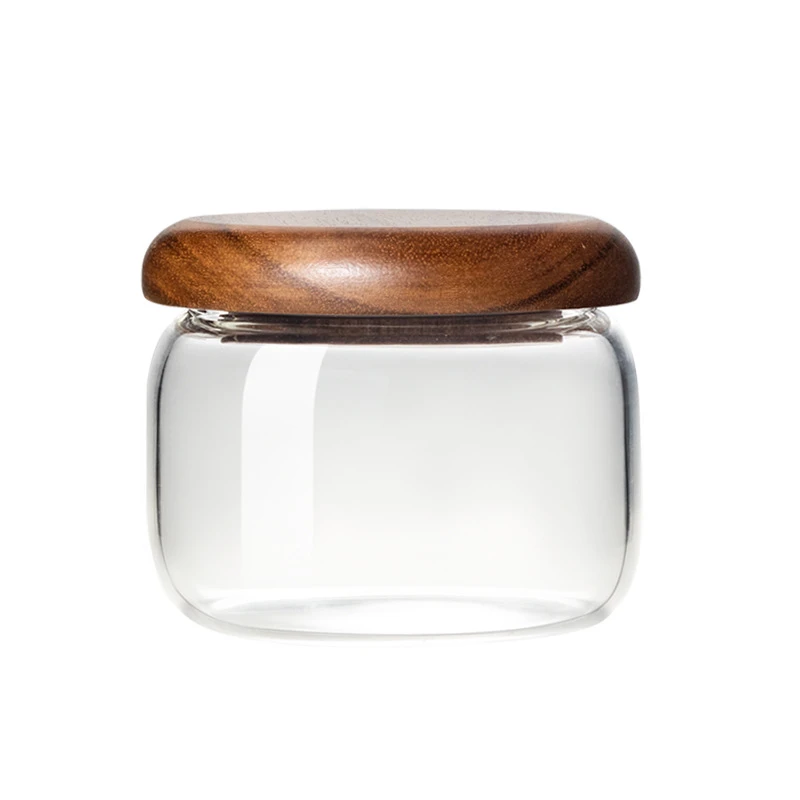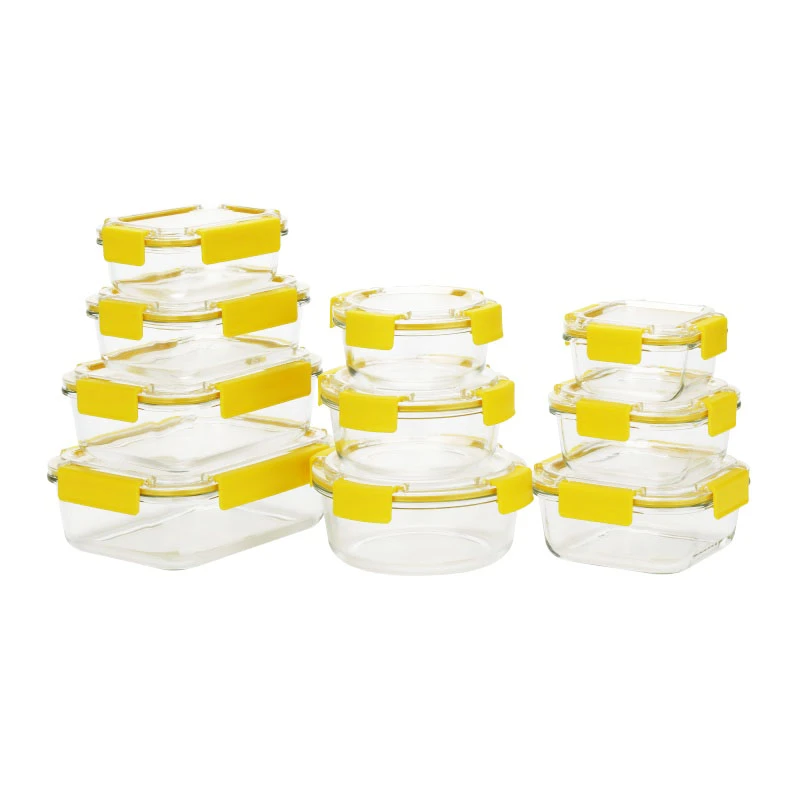 TEL: +86 311 67799298
TEL: +86 311 67799298 Email: tina@yintoglassware.com
Email: tina@yintoglassware.com
what is the use of measuring glass
The Use of Measuring Glass An Essential Tool in Precision
Measuring glass, often referred to as graduated glassware, is a fundamental instrument in both scientific laboratories and kitchens. Its primary purpose is to accurately measure liquid volumes, which is crucial for a variety of applications ranging from cooking to conducting complex scientific experiments. Understanding the various uses and benefits of measuring glass not only highlights its importance but also reveals why it remains an indispensable tool in numerous fields.
At its core, measuring glass comes in several forms, including graduated cylinders, beakers, and measuring cups, each designed to serve specific purposes. Graduated cylinders offer high precision, making them ideal for scientific experiments where exact measurements are critical. They often feature a narrow shape and markings along their sides, allowing for precise readings of liquid volumes. In contrast, beakers, though less accurate, are excellent for stirring and mixing solutions, making them a versatile choice in laboratory settings.
In culinary practices, measuring glass plays an equally vital role. Precise measurements are crucial when following recipes, as even minor deviations can drastically affect the taste and texture of a dish. Measuring cups, which often come in both metric and imperial units, facilitate the accurate measurement of liquids like water, oil, and milk. Furthermore, some measuring glassware features additional gradation markings that help home cooks and professional chefs alike perform tasks such as portion control and ingredient scaling efficiently.
One of the significant advantages of measuring glass is its transparent nature. This transparency allows users to visualize the liquid, providing a clear view of its levels and reducing the chance of error caused by judgment calls. Many measuring glasses are also made from borosilicate glass, which can withstand temperature changes and is resistant to chemical reactions. This durability ensures longevity, making it a worthwhile investment for both kitchen and laboratory use.
what is the use of measuring glass
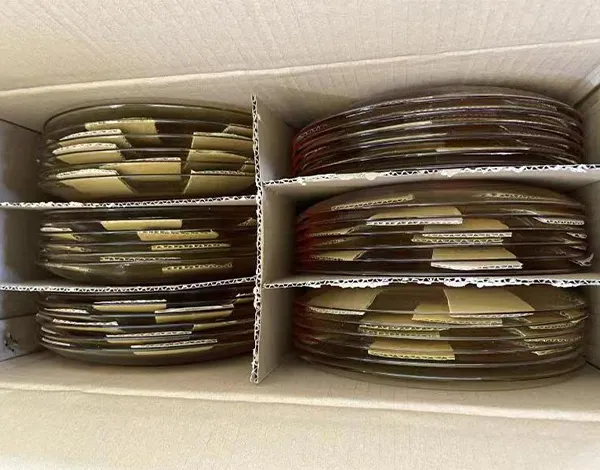
In educational settings, measuring glass serves as an essential tool in teaching fundamental concepts of volume and measurement. Science classes utilize graduated cylinders and beakers to demonstrate principles of density, buoyancy, and fluid dynamics. Students engage in hands-on experiments that cultivate critical thinking and enhance their understanding of scientific methods. The teaching of measurement skills using measuring glass provides a foundational knowledge that students carry into various academic and professional fields.
Moreover, measuring glass is a critical component of quality control in manufacturing and production industries. When formulating chemical compounds or food products, precise measurements can make the difference between a successful outcome and a failed batch. In industries such as pharmaceuticals, the accuracy of mixing components is paramount, and measuring glass provides the reliability needed to adhere to strict regulatory standards.
In the realm of safety, using measuring glass can mitigate risks associated with chemical handling and preparation. By ensuring that precise quantities of potentially hazardous materials are measured, users can reduce the likelihood of reactions that could lead to accidents. Moreover, the use of transparent measuring tools helps users identify mixtures or solutions quickly, fostering safer laboratory and kitchen environments.
In conclusion, the use of measuring glass is widespread among various fields due to its critical role in ensuring accuracy and precision. Whether in a scientific laboratory, culinary setting, educational institution, or industrial application, measuring glass proves to be invaluable. Its ability to provide clear, reliable measurements enhances both the quality of work produced and the safety of the processes involved. As technology evolves and new materials are developed, measuring glass will likely continue to be a staple in measurements, embodying the principle that in both science and cooking, precision is key.
-
YINTO's colored glass bowls hold stories, not just foodNewsAug.24,2025
-
Exquisite Colored Glass Dinnerware Crafted from Volcanic SandNewsAug.24,2025
-
YINTO's colored glass dinnerware: edible art's canvasNewsAug.24,2025
-
A Blue Glass Dinner Plate with an Integrated NFC ChipNewsAug.24,2025
-
The Ultimate Defense Against Lukewarm RegretNewsAug.24,2025
-
YINTO's double coffee wall cup: A silent thermal revolutionNewsAug.24,2025


